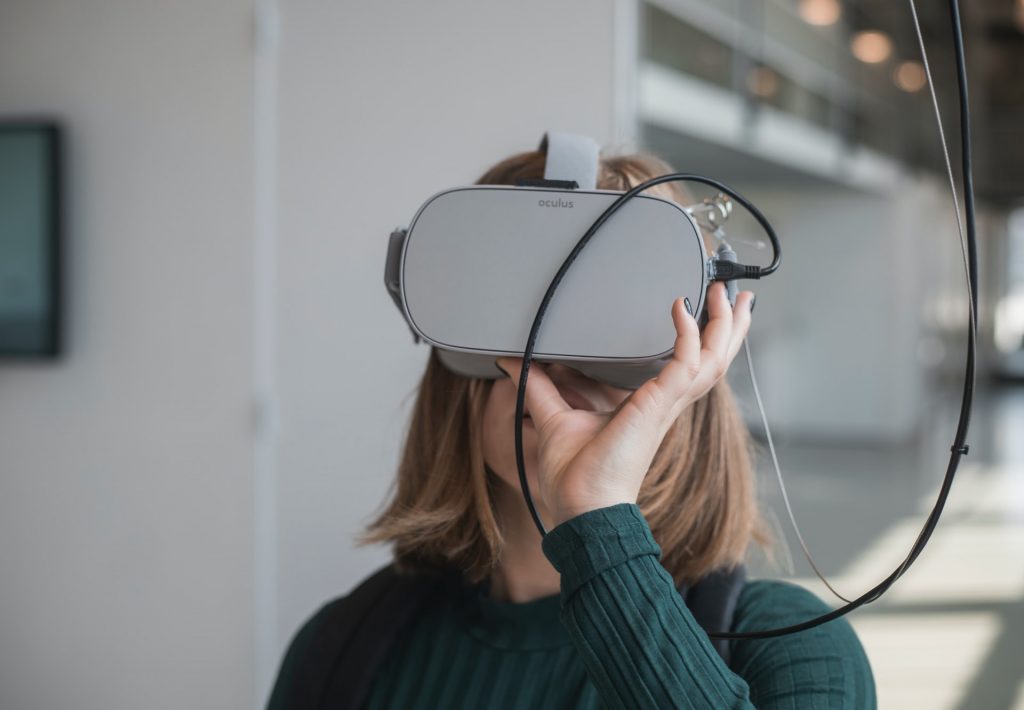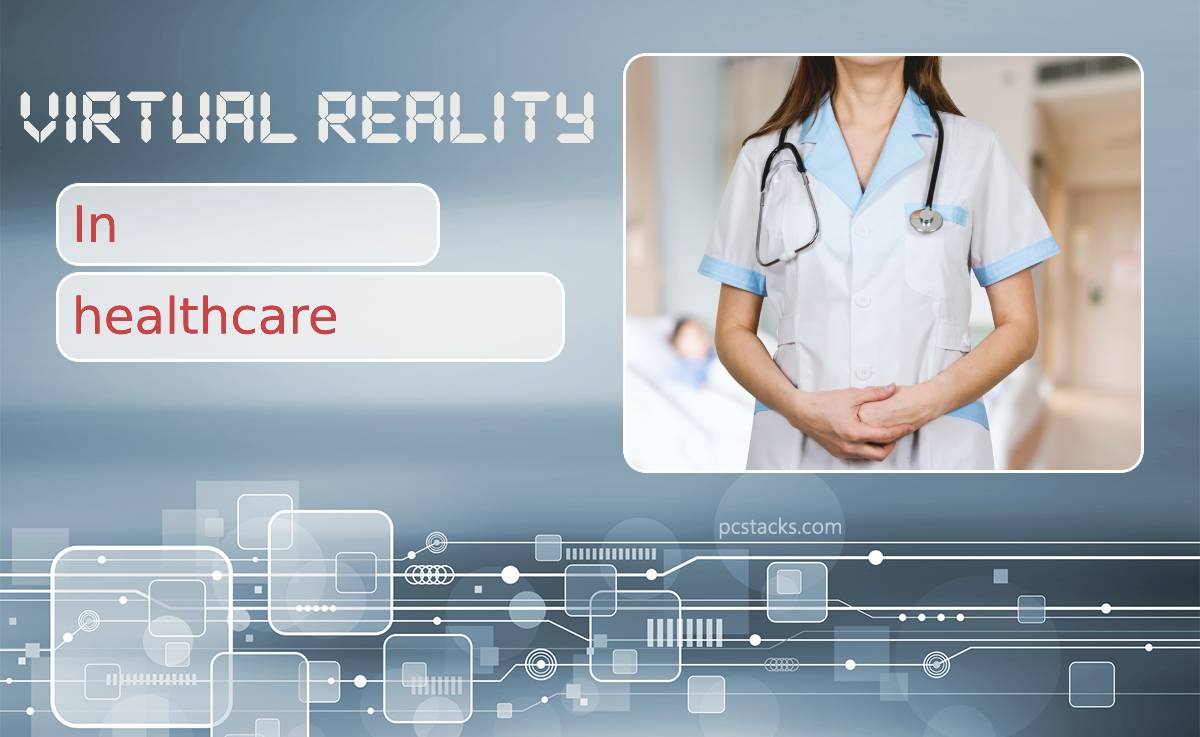Technology has come a long way in the current era. Like all other fields, it has benefitted the medical field immensely. A remote nursing degree is a term relatively less heard. It enables practitioners to study and perform tasks from a distance using digital tools such as virtual reality and augmented reality.
The technique has proved to be greatly beneficial and has gained successful results. It benefits the patients as well as the healthcare workers to achieve the targets efficiently. The future very much belongs to these methods as this field already looks for smarter ways to move ahead.
Table of Contents
Aim of Virtual Reality in Healthcare Education

Virtual reality applications in medical education aid future doctors in gaining more critical knowledge, allowing them to provide more accurate diagnoses to their patients.
With all of its simulations, VR provides surgeons with simulator-based training packages.
The simulations are designed to assist surgeons in training practicing and improving their techniques and skills in a safe and controlled virtual environment. It features a tactile feedback feature as well.
A Cost-Effective Way

Even while using virtual reality in medical education requires some expensive technology and software, it is still less expensive than a physical simulation of the same level of sophistication.
According to the findings, virtual reality is 83 percent less expensive than mannequin-based simulation.
Improved Performance
The vast majority of students who used virtual reality in their medical school said it helped them work quicker, perform better, and be more motivated.
According to another study, virtual reality training may be scaled up to any number of students and can boost overall performance by 250 percent.
Enhanced Retention

According to studies and books on successful strategies for using virtual reality in education, employing virtual reality in healthcare education can result in a four-fold higher retention rate than traditional teaching approaches.
According to these studies, students who receive VR training retain 80% of the material after a year of study, whereas traditional methods only retain 20% of the information.
Reduced Chance of Error
Using VR provides the chance of learning in a real environment. Practicing with this phenomenal method enables you to improve yourself and learn more and more.
It helps you dig deeper into the cases and greatly enhances your understanding. It automatically reduces the chance of error and makes you a better practitioner.
More Knowledge and Confidence

Virtual reality simulations in healthcare education allow students to practice and hone their abilities in immersive, low-stress environments, increasing their confidence when implementing what they’ve learned in real-world scenarios.
According to various studies, VR-trained students were up to 275 percent more confident in their ability to act on what they learned. Virtual environments are also beneficial to medical device manufacturers. Instead of offering each professional individual lessons or demonstrations, they employ virtual reality to present their products.
Even though VR equipment might be expensive, firms are making this technology more accessible to the general public by developing more affordable headsets. The cost of these new devices is often less than sending salespeople to meet with clients in person.




